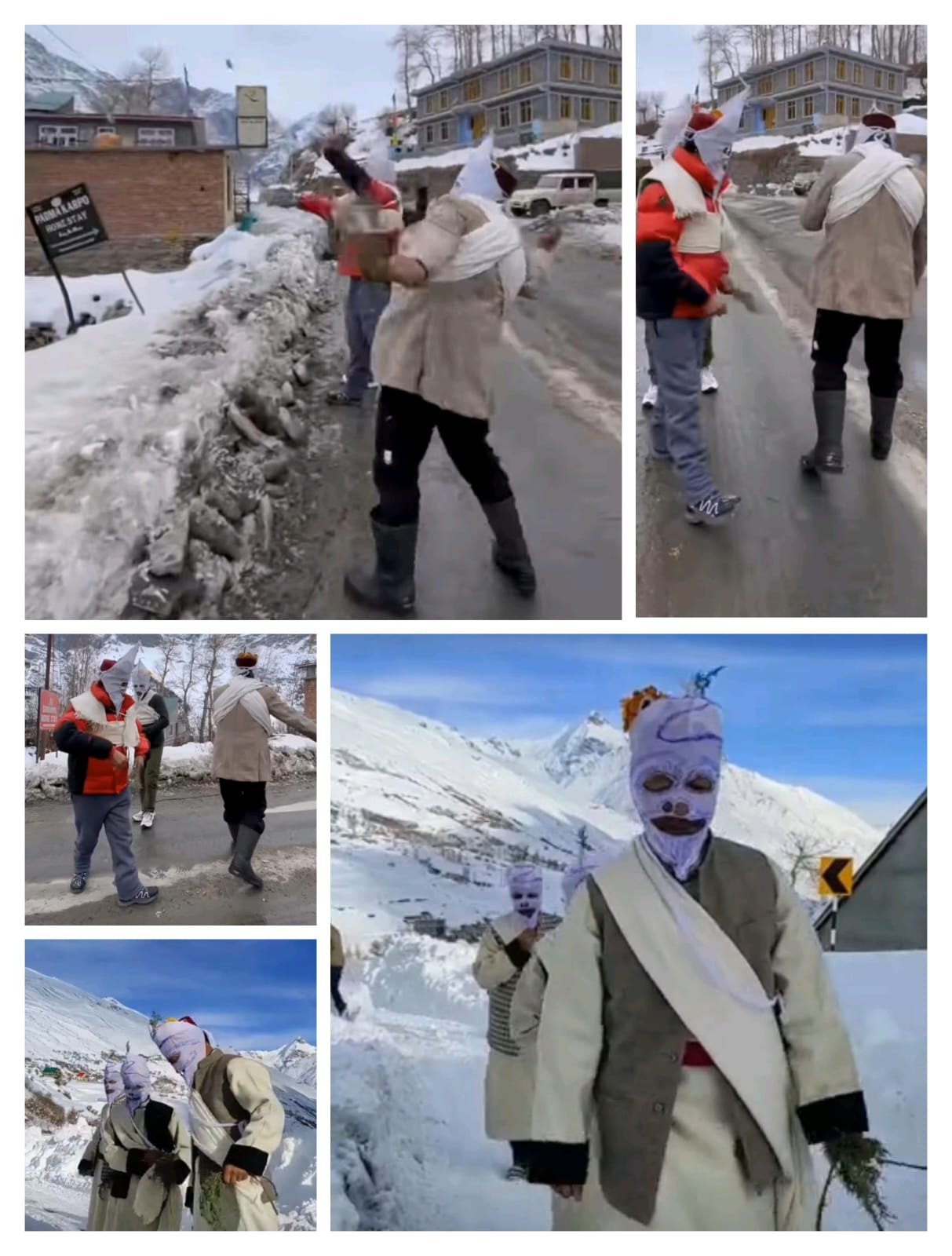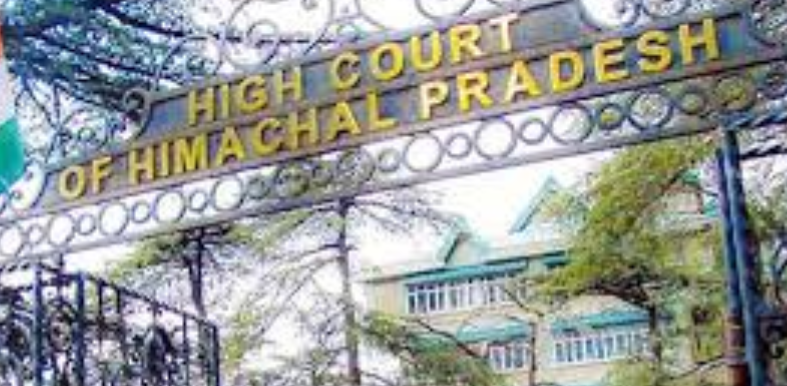Mandi (Munish Sood)
The scenic and remote Spiti valley in Himachal Pradesh was abuzz with excitement as Halda Festival, a unique celebration dedicated to Shishkar Apa, the goddess of wealth in the Lamaistic pantheon, concluded on Saturday (January 11, 2025).
The festival, which mirrors the spirit of Diwali, culminated with the reenactment of the ancient “Thom-Thom” Asur dance, an enduring ritual steeped in local folklore.
Observed across the valleys of Gahar, Chandra and Pattan, the Halda Festival involves the lighting of torches, or ‘halda,’ made from thin cedar branches.
These torches are lit as symbolic offerings to drive away evil spirits and seek divine blessings for a bountiful harvest. The festival’s timing is determined by local lamas and typically takes place between mid-January and early February, marking the start of the agricultural year.
Fascinating tale of Asur Dance
A key highlight of this year’s celebrations was the performance of the Asur dance in Tinan Khansar village, a tradition passed down through generations.
According to the legend, Asurs (demons) once threatened human settlements in the valley. In response, four courageous villagers from Tinan Khansar donned masks, adopting the guise of Asurs, and performed a deceptive dance to appease the demons.
To complete the ruse, they enacted a mock sacrifice, pretending to kill a bull and consume its meat. Satisfied and distracted by this elaborate ritual, the Asurs forgot their destructive intentions and left the valley unharmed.
Preserving heritage: Worship of Naga Raja
Even today, this symbolic act of bravery and wit is honoured during the Halda Festival. Four villagers perform the Asur dance, retracing the steps of their ancestors.
The performance begins in the village and culminates at the temple of Naga Raja, the revered serpent deity of the region. The ritual ends with prayers to Naga Raja, signifying the conclusion of the festivities.
Cultural bond in modern age
Beyond its spiritual significance, the Halda Festival serves as a powerful reminder of the valley’s rich cultural heritage. It brings together communities to celebrate their shared identity through music, dance, and rituals.
Despite modern influences and challenges, the people of Lahaul-Spiti have remained steadfast in preserving these age-old traditions, showcasing the resilience and vibrancy of their culture.
As the flickering torches illuminated the snow-clad Himalayan landscape, the Halda Festival once again highlighted the enduring spirit of the Spiti Valley, where ancient traditions seamlessly blend with communal unity and reverence for nature.





